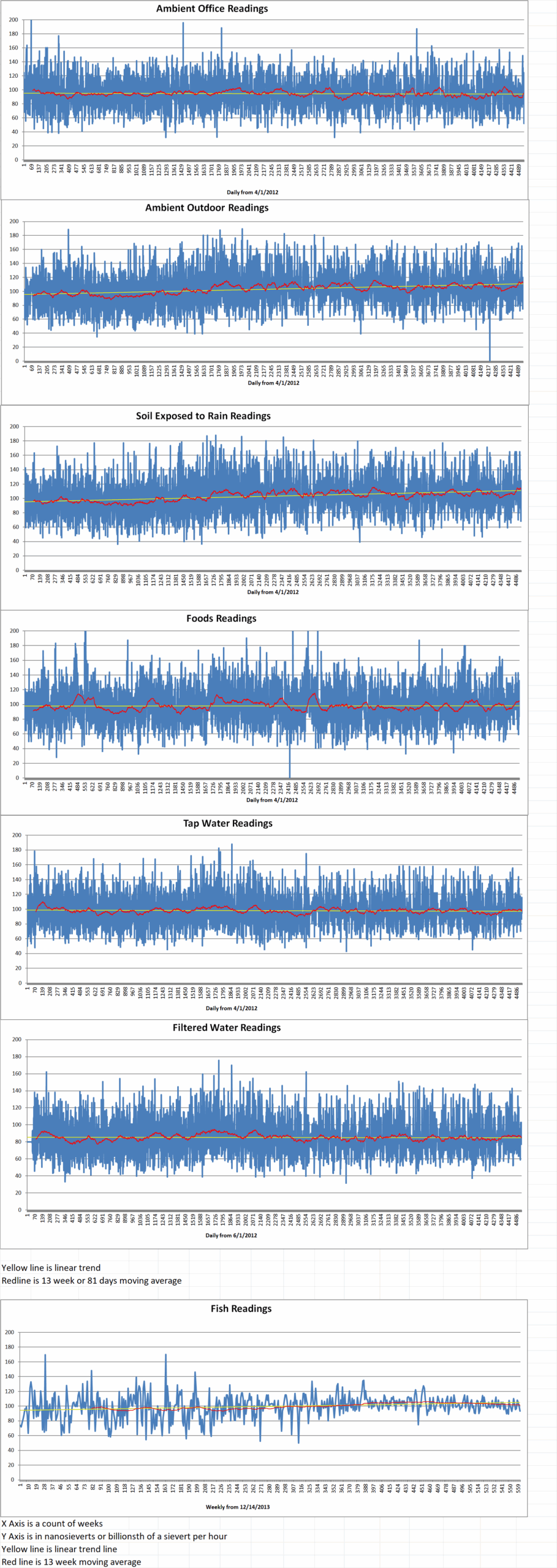As China expands its nuclear energy infrastructure and increases its power capacity, the demand for uranium is also increasing. In 2024, the country imported thirteen thousand tons of natural uranium, while SCMP reports that domestic production is only around seventeen hundred tons. The International Atomic Energy Agency estimates that China’s uranium demand will cross forty thousand tons by 2040.
Demand has reached the point where China’s uranium mines have failed to keep up. Chinese scientists have now directed their attention to the extraction of uranium from the sea. The world’s oceans are estimated to carry a thousand times more uranium ore reserves than on the ground, which is about four and a half billion tons of uranium.
The process is not simple. In seawater, the concentration of heavy metals is extremely low, at just three and a third milligrams per ton. In addition, the presence of the transition metal vanadium in the sea presents a challenge because it has chemical properties similar to uranium, and the two must first be separated through a complicated extraction process.
Greater demand for marine extraction of uranium has led to groundbreaking research. Lanzhou University’s Frontiers Science Centre for Rare Isotopes has developed a technology that improves uranium-vanadium separation efficiency by forty times. This new process can selectively capture uranium ions over vanadium ions.
Professor Pan Duoqiang of the Frontiers Science Centre led the study which was published in the international journal Nature Communications earlier this month. Adapting to large-scale application could secure China a sustainable and independent way of ensuring a dependable uranium supply.
Metal-organic frameworks (MOFs) are a class of compounds that combine inorganic and organic elements. They form a coordination polymer which is distinguished from conventional adsorbents by highly tunable structures, diverse functions, and vast surface areas. These features make MOFs highly effective for selectively separating uranium.
Professor Pan explained that using existing MOF presents certain challenges. He said, “Designing MOFs with overly precise structure-activity relationships often results in a decrease in the specific surface area of the materials and a reduction in the density of active sites.”
To deal with this issue, researchers integrated hydrocarbon diphenylethylene (DAE) molecules into the MOF materials. This innovation allows the MOFs to adjust their pore size when exposed to ultraviolet light.
The modified DAE-MOF material was tested in simulated and real seawater containing metals similar to uranium to evaluate its uranium adsorption capabilities.
The tests revealed that the DAE-MOF material has a uranium adsorption capacity of five hundred and eighty-eighty milligrams per gram and a uranium-vanadium separation factor of two hundred and fifteen, significantly outperforming all previous materials tested in both simulated and natural seawater conditions.
From the 1980s to the 1990s, Japan led the development of seawater uranium extraction. They achieved the extraction of two and two tenths pounds of yellowcake, or uranium concentrate, through extensive marine trials, the highest yield reported to date.
The state-owned China National Nuclear Corporation, manages all sector aspects. In November 2019 it formed the Seawater Uranium Extraction Technology Innovation Alliance with 14 domestic research institutes.
The alliance has established ambitious objectives for the next thirty years, up to 2050. From 2021 to 2025, the first phase aims to replicate Japan’s pound-level achievement. The alliance’s long-term goals include constructing a ton-scale demonstration plant by 2035 and achieving continuous industrial production by 2050.






